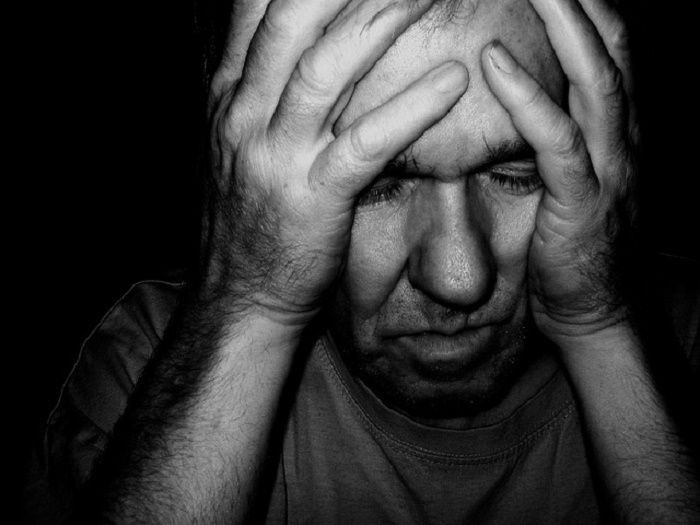Opioid Drugs, Like Morphine, Don't Always Improve Function In Patients With Neuropathic Pain

Opioids are an effective class of pain relievers, but these drugs may be less equipped to improve physical function or disability. A new study published in Pain Medicine found people who took opioids for neuropathic pain saw no improvements in physical functioning compared to those being treated with other therapies.
"We studied patients with neuropathic pain from nerve injuries such as diabetic neuropathy and pinched nerves, and the ones who weren't prescribed any opioids had statistically lower disability and higher physical functioning scores," Geoff Bostick, lead author of the study, said in a statement. Opioids, such as morphine, codeine and Tylenol, work to relieve pain by blocking or reducing the intensity of pain signals reaching the brain. This includes the parts of the responsible for controlling emotion, which ultimately helps diminish the effects of a painful stimulus, the National Institute on Drug Abuse reported.
Canadian researchers collected data from 789 patients who provided baseline measures of self-reported function, once prior to the study and again at six and 12 months after treatment. The study revealed opioid therapy did not improve physical functioning and disability among patients with neuropathic pain.
"Even though opioid medications can be a powerful pain killer, it does not necessarily mean improved function will follow — pain is not the only factor in determining function," Bostick explained. "It can be difficult helping people move when they have pain, but as a physiotherapist I know the importance of physical function and we have to help find a way to promote movement, even if it is painful."
Bostick understands the importance of opioids in the treatment of pain. Hydrocodone products in particular are a go-to treatment for a variety of painful conditions, including dental and injury-related pain, while morphine is used before and after surgical procedures; codeine is used to treat mild pain.
"Pain is very complex, and people experience pain at very different levels," Bostick added. "Opioids can help people with severe pain be more comfortable, but if they are not also facilitating improved function, the impact of these medications on quality of life should be questioned."
Although trying to improve physical function or disability despite pain is difficult, a graded approach could make physical therapy easier.
"If you want to move better, it requires careful measurement of your tolerance to activity," Bostick added. "Instead of say, walking until you reach your pain limit, I tell patients to walk until they are at 50 per cent of their tolerance — walk and stop before the pain gets too bad. Each week, walking time is gradually increased. Over time, this tolerance will slowly increase and so will physical function."
Source: Bostick G, Toth C, Carr E, et al. Physical Functioning And Opioid Use In Patients With Neuropathic Pain. Pain Medicine. 2016.



























